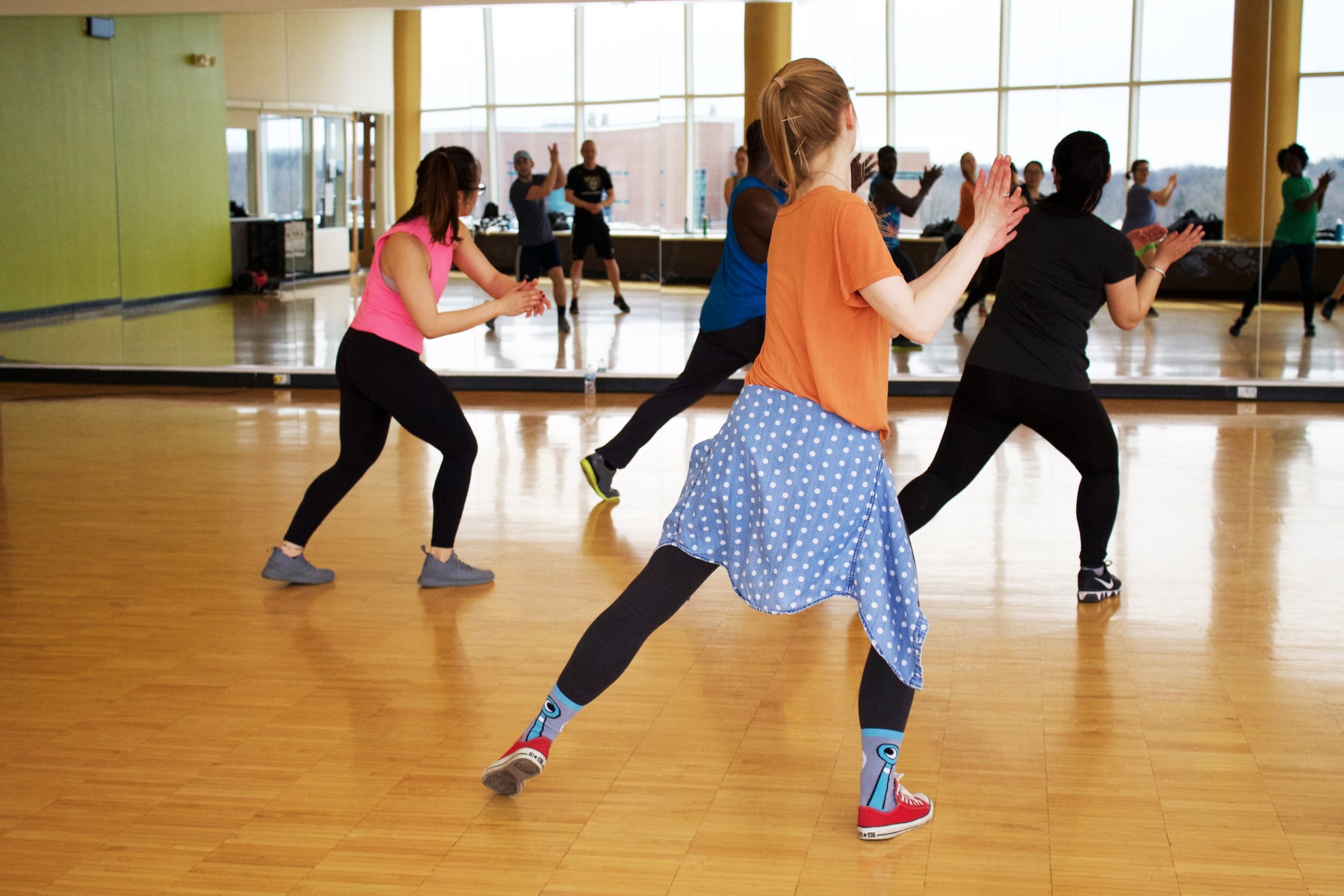
Dance Programs
Dance in Elementary Schools
Guidelines to assist dance teachers and fine arts administrators in developing quality, consistent and progressive K-8 Dance curricula throughout Texas. The Guidelines are aligned with the state approved Fine Arts Texas Essential Knowledge and Skills, Grades 9-12.
Writing project supported by the Texas Dance Educators Association and the Texas Association for Health, Physical Education, Recreation, and Dance. Steering committee: Gladys Keeton, chair-Texas Woman’s University; Denise Cochran, Round Rock ISD; Liz Gallego, Dallas ISD; Lynn Reynolds, Houston ISD.
K-8 Texas Dance Guidelines
Dance in Middle Schools
Guidelines to assist dance teachers and fine arts administrators in developing quality, consistent and progressive K-8 Dance curricula throughout Texas. The Guidelines are aligned with the state approved Fine Arts Texas Essential Knowledge and Skills, Grades 9-12.
Writing project supported by the Texas Dance Educators Association and the Texas Association for Health, Physical Education, Recreation, and Dance. Steering committee: Gladys Keeton, chair-Texas Woman’s University; Denise Cochran, Round Rock ISD; Liz Gallego, Dallas ISD; Lynn Reynolds, Houston ISD.
K-8 Texas Dance Guidelines
Dance in High Schools
High school dance programs are designed for all students—those with no prior dance experience and those with previous training. Students work to understand and evaluate dance performances, pursue dance as an avocation, or study dance at the college and/or professional levels. The Dance TEKS define the parameters of effective programs and focus on:
Performing techniques in ballet, modern, tap, and ethnic dance
Understanding the history of dance and the influences that shape diverse dance traditions
Describing the position of feet, legs, hands, arms, and torso and basic step sequences with dance vocabulary
Understanding the concepts of time, space, dynamics, rhythm, motivation, and gesture in relation to dance performance
Developing and utilizing personal criteria to evaluate and discuss performance in dance.
Dance I-IV are described in the TEKS. Dance I establishes the foundation of knowledge and skills that will be developed further in Dance II-IV. Each course level is a series of discrete instructional units and is an integral building block for more advanced work. In Dance II, III, and IV, students may focus on specific genres, such as ballet or modern, to gain in-depth knowledge and proficiency. Dance requires consistent, structured practice to refine techniques. It is a rigorous art form that fosters the exploration and appreciation of diverse traditions and develops skills of observation, analysis, expression, and reflection.
Scheduling
Course content and health and safety considerations are key factors in scheduling dance. The optimum class size is approximately 20 students. To prevent injury to the dancers, students should have sufficient time to complete warm-up and cool-down activities. Certified and qualified teaching staff and adequate facilities are needed to teach dance safely. Grouping Dance I students apart from more experienced dancers establishes a solid foundation for beginners. With teacher approval, advanced courses can be combined into one class. However, smaller classes may be necessary to individualize instruction and to ensure that all students learn the TEKS for each course.
Facilities
Dance facilities include a studio; showers; restrooms; storage space for costumes, props, and equipment; an office; and a workroom for constructing and maintaining costumes. Most schools have a theatre or auditorium with a proscenium stage. Locating the dance studio and dressing rooms adjacent to the stage is important for smooth, uninterrupted performances.
The dance floor requires an air space, or cushion, between the building foundation and the wood floor. A sprung, or floated, wood floor has the resiliency to cushion landings from elevated movements and prevent injuries. The floor should be non-slippery, yet not too sticky. Ballet, modern, and jazz dance require a linoleum covering that is securely adhered to a sprung wood floor. Folklorico and tap dance require a wood floor to produce a clear, unmuffled sound.
The dance studio should consist of 100 square feet per student. If the studio also serves as a performance space, it should be at least 4,800-5,000 square feet. A ceiling height of 20-24 feet is ideal, but 16 feet is the minimum height. There should be no posts or columns in the interior space. Each dancer requires a minimum of 5 feet of barre. The barres should be 36-48 inches from the floor to accommodate students of various heights, and the barres should be mounted 6-8 inches from the wall. If necessary, freestanding ballet barres made of aluminum or iron pipes provide an acceptable and less expensive alternative to wall barres, and they can be easily stored against a wall when not in use. The dance studio should also be equipped with mirrors to enable students to observe personal progress and make corrections during class. Placing mirrors on two adjoining walls allows students to analyze movements from two perspectives. Mirror sections should be 6 feet by 8 feet and should be attached to the wall approximately 6 inches from the floor.
Additional considerations to make the dance studio a safer and more effective learning environment are:
Dimmers for lighting and heavy-duty wiring
Numerous, strategically placed electrical outlets
Safe locations for pianos and sound and video equipment
Secure storage for equipment and collections of CDs, records, tapes, and videos
Additional storage space for costumes, materials, mats, and other equipment
Temperature and ventilation controls on dedicated circuits
Ceiling fans, if ceiling height permits.